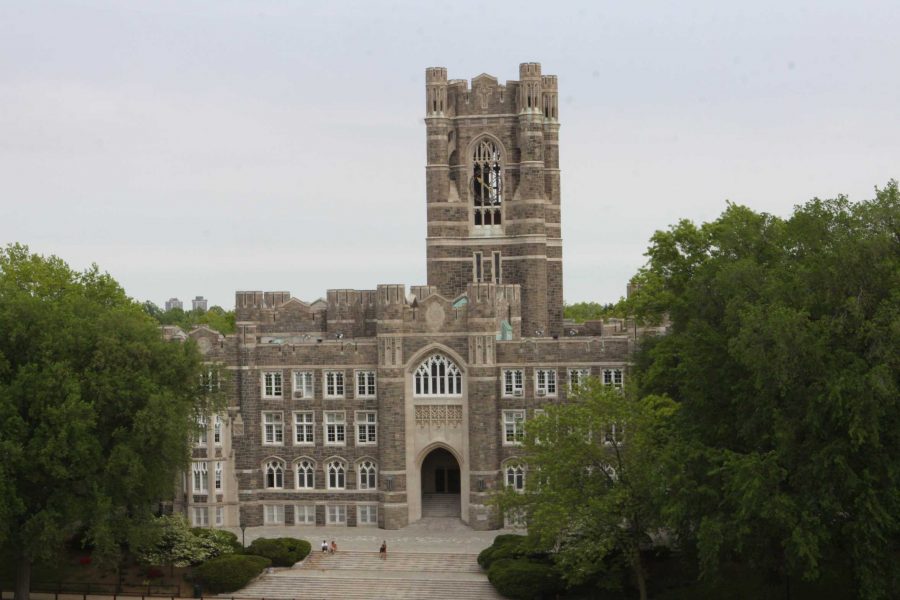
By Laura Sanicola
The September 2015 Monthly report to the student body sent by the Office of the President was one of introductions and of steep losses.
On one hand, the university welcomed 16 new tenured faculty members, new windows and air conditioners in Walsh Hall, new endowed chair appointments, new growth in representation of ethnic minorities and new sexual assault policy in line with federal legislation Article 129-B regarding affirmative consent.
But the report also indicated something not so new: a steady trend of loss in graduate school and law school enrollment credits, evidenced by a fall of over 1,500 projected credits.
Graduate enrollment credits came in at 46,227, a drop of 1,060 from last year.
Law school credits came in at 1,311 this year, 38 below those budgeted and a drop of 69 credits from last year, despite the building of a new law school building at Lincoln Center.
Fordham is not alone in its struggle to keep law school enrollment numbers from declining rapidly. Following the financial crisis of 2008, law school applications dropped nation wide. In 2013, the American Bar Association reported that, in that Fall, 39,675 full and part-time first-year students matriculated, which was an 11% drop compared to 2012.
Graduate school and law school drops were accompanied by a hit in overall university enrollment. Although undergraduate enrollment is up 298 people at 8,069, overall university enrollment is down 677 students from last year, bringing the total university headcount to 16,110.
In November 2014, the university reported graduate credit-hour enrollments reached 46,790 — down 92 enrollments from 2013.
“Over the past several years, we have seen an erosion in enrollment in many of our graduate programs,” Rev. Joseph M. McShane, S.J., president of the university, said last year in the November 2014 message to the university. He attributed the decline of 8 of the 10 graduate schools as aligning with national trends, noting that “two schools show real enrollment strength: The Graduate School of Social Service and the Graduate School of Business Administration (which has seen robust gains in its non-MBA programs in the past few years, fueled largely by students from China.)”
No such breakdown of enrollment credit by graduate school was offered in the September 2015 report.
Still, this year’s incoming class had strong statistics, with an average GPA of 3.64 and an average SAT score of 1,275 out of 1,600, up 16 points from the year previous.
These financial challenges created by the decline in graduate school credits were addressed two years ago by former Senior Vice President and CFO John Landon. In October 2013, Landon told the Fordham Ram that, for that fiscal year “Eight out of 10 schools failed to achieve budgeted tuition and fee revenue…It’s rare that so many [schools] went in a single direction.”
The university developed a plan last year to offset falling graduate school enrollment rates and the opening of the new residence hall at Lincoln Center. McShane wrote in the November 2014 report that the university had planned to expand the size of our freshman class by 200 students, a goal that was exceeded when the class of 2018 welcomed 300 additional freshmen.
The university president did not comment in the September 2015 Message to the University community as to whether continued decline in graduate enrollment and failure to meet projected enrollment hours will necessitate further readjustment of funds.








































































































































































































LT • Oct 21, 2015 at 5:23 pm
Plummet? With percentages of approximately 2.5% and 5% for the graduate and law schools respectively.